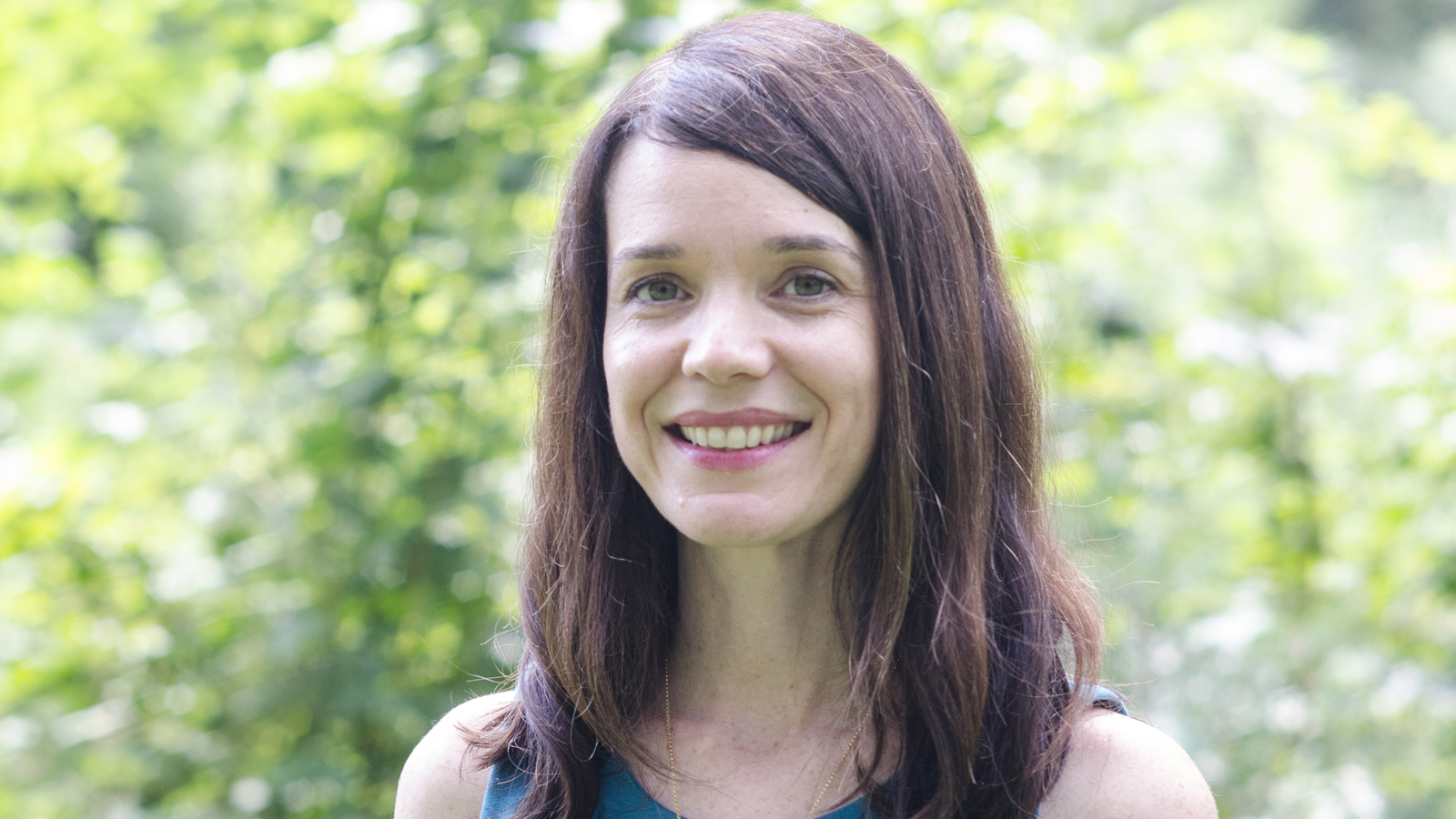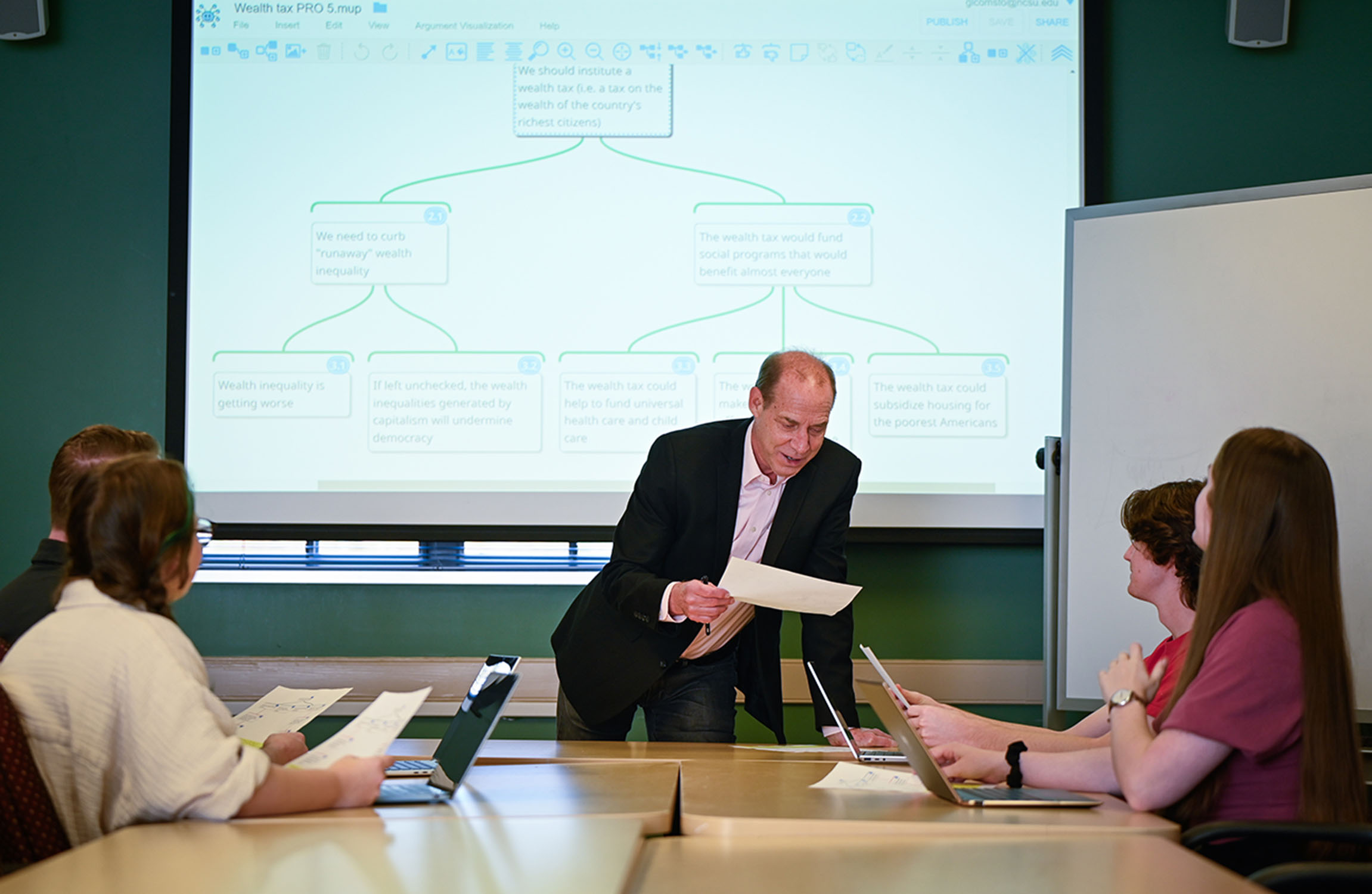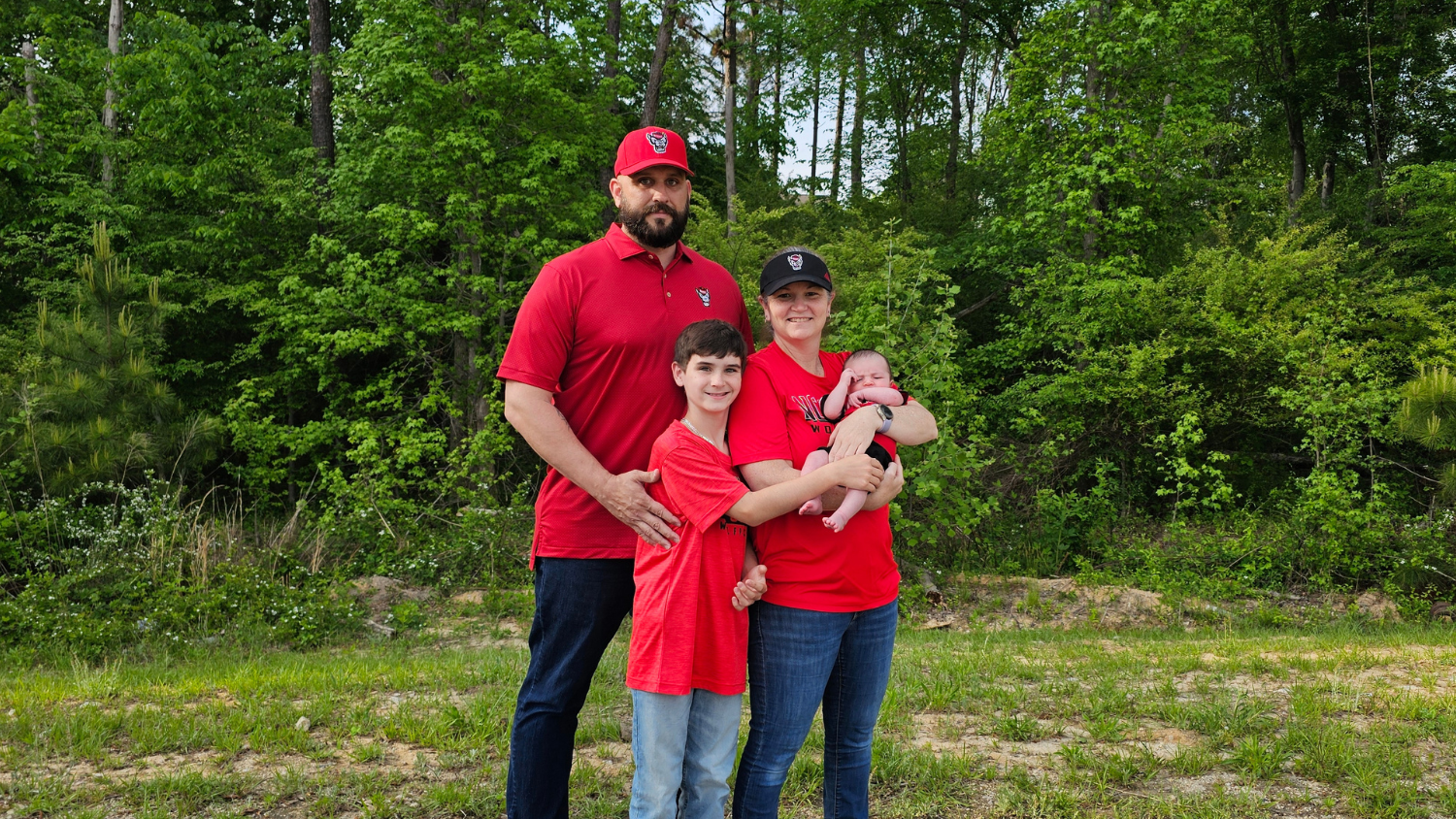The Many Paths to Making a Family

When you’re planning to start a family, you make assumptions. One of them is that you’ll be able to have children.
However, the reality is that one in eight couples in the United States has trouble getting pregnant or sustaining a pregnancy, according to the Centers for Disease Control and Prevention.

Belle Boggs experienced infertility. An award-winning author and professor in NC State’s Master of Fine Arts in Creative Writing program, Boggs first wrote about the isolation she felt from being infertile in a fertile world in a 2012 essay for Orion Magazine. It provided an avenue, she said, to explore the issue further — she talked to researchers, studied the work of primate scientists and interviewed families facing similar challenges.
In her new book, The Art of Waiting: On Fertility, Medicine and Motherhood, Boggs draws from her research and personal experience to expound the realities of fertility, choice and the many possible paths to making a family.
The book has already landed on several must-read lists and has been featured by The New York Times, TODAY, New York Magazine’s The Cut, The Atlantic, The Globe and Mail, Slate, and NPR, among other outlets. She also has several upcoming readings at bookstores across the state, including Quail Ridge Books in Raleigh (7 p.m. on Oct. 13); Park Road Books in Charlotte (2 p.m. on Oct. 15); Malaprop’s Bookstore in Asheville (7 p.m. on Oct. 26); and Flyleaf Books in Chapel Hill (7 p.m. on Nov. 29).
We recently caught up with Boggs about her inspiration for The Art of Waiting and the research that went into the book.
The New York Times lauded your work for giving “a cold, clinical topic some much-needed warmth and soul.” Was that your goal with this project, to humanize this issue with real stories?
My goal was to find community. I was coming out of a place of loneliness and isolation, and I wanted to find community in as many places as possible. I looked to my support group, to the work of evolutionary biologists, to literature, and to researchers doing interesting work on sources of desire for children. That’s how I met Anna Rotkirch, a Finnish sociologist whose work on what Scandinavians call “Baby Fever” is included in the book. I talked to therapists specializing in infertility, and to other women and men who found that building a family was going to be challenging in a number of different ways, whether they chose to build family through assisted reproductive technology, adoption or foster care.
I also discovered the work of legal scholar Martha Ertman, whose book Love’s Promises mentions “Plan B families” — or parenthood that happens in unusual or unconventional ways. Ertman was empowered by her own “Plan B” family-making, and now I feel that way too.
I hope my book can be a reminder to other people that they are not alone. That’s what I learned, and I hope it’s a reminder to other people that the same is true for them. And for people who have not experienced infertility, they probably know someone who has: someone at work, at the neighborhood potluck, in their family or their Facebook feed. Some people who have read the book have shared that while they don’t know what’s in store for them or haven’t made a decision about starting a family, they found value in reading the different paths to families that people take.
Reviewers have praised the book for how it highlights truths and dispels myths associated with this topic. What type of research went into this project to accompany the things you’ve learned from your personal experience?
By the time I was in treatment for infertility, I knew there were a lot of stereotypes surrounding this disease. I knew from books, movies and popular culture that we tended to exalt pregnancy and see childless women as outsiders. I felt that in my own life; those stereotypes had affected me. But I was interested to find that there were misapprehensions, even in the medical community, about infertility. That surprised me.
One is that we often talk about infertility as a woman’s problem. But infertility is just as likely to affect men, and often there are medical issues affecting both partners (in heterosexual relationships).
I was also surprised to find that in studies of doctors’ perceptions, many general practitioners were incorrect when asked to assess risk factors for infertility. They were more likely to overlook infertility in African-American women and more likely to overlook infertility in women with less than a high school education.
This shows up, too, in the way that many reproductive endocrinologist clinics advertise to their potential patients. Infertility treatment is expensive, and very often not covered by insurance. The way clinics market is often geared to white and upper middle class patients. That leaves a lot of people out. One woman I interviewed in the book, Candace Trinchieri, is advocate for RESOLVE: The National Infertility Association. Candace, who is African-American, said that when she started going to support groups and to clinics to treat her infertility, she felt very excluded; every face she saw on brochures was a white face. The people surrounding her at her support group were mostly white. She has used that experience to try to broaden the reach of RESOLVE’s support groups, expanding outreach to women of color and people of color.
The way popular culture largely views having children or starting a family is not representative of everyone’s reality. What can we do to encourage a more accurate discourse and understanding?
For years, I taught in public schools — elementary, middle and high school. During those years, when we had casual chats or talk about family, I found that many of my students already had an idea of what their families would look like long before they were obviously ready to start a family.
I thought that was very interesting. It surprised me, but then I thought about my own experience. I really assumed my life would look like my parents’ and that I would repeat the same patterns of family-building. That wasn’t true for me, and I began to look for other models. I can remember teaching Toni Morrison’s Sula to a class of 11th graders and how surprised and delighted my students were by Sula Peace’s unconventional, child-free life, her choice to defy the conventions of her community. I think any time we can increase the diversity of the stories we tell, that is valuable to younger people and also people who have faced obstacles, bias and cultural stereotypes.
Have you been able to incorporate your research on this topic in your teaching?
I teach creative nonfiction classes to undergraduates. I also sometimes teach a personal essay class to graduate students. The way I incorporate the work into the teaching is through the process itself: from idea development, to research, to exploration, to field work (the interviewing observation process) and writing and revision. It’s a lot of fun.
I’m a fiction writer by training, but I’ve been lucky to have some great mentors to learn from as I began to work in the field of nonfiction. I really enjoy teaching nonfiction to my students and exposing them to the many different ways we can approach telling personal stories and also other people’s stories in our writing.
- Categories:


